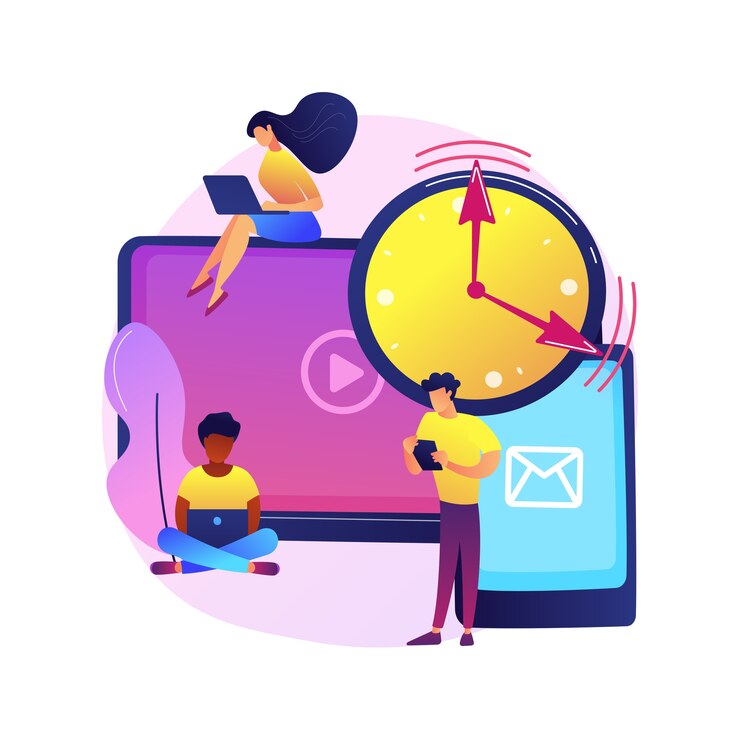Introduction
Email marketing continues to be a cornerstone of digital strategy in 2025. It’s direct, cost-effective, and incredibly powerful when done right. But there’s one major challenge: getting your emails into the recipient’s inbox.
With tighter spam filters, evolving data privacy laws, and increasingly savvy audiences, it’s more important than ever to follow a well-thought-out, spam-proof strategy. In this blog, we’ll break down the key steps to build an email marketing strategy that gets seen, opened, and acted upon—without being flagged as spam.
1. Build a High-Quality Email List
The foundation of a strong email strategy is a clean, relevant list of people who actually want to hear from you.
Why It Matters:
Spam complaints and low open rates usually stem from sending emails to people who didn’t ask for them. Consent-based marketing not only improves results but also ensures you’re staying compliant with regulations like GDPR, CAN-SPAM, and CASL.
Best Practices:
- Add clear opt-in forms on high-traffic pages of your website.
- Offer valuable incentives like discounts, free templates, or bonus content.
- Use double opt-in emails to confirm interest and reduce fake signups.
- Avoid list buying at all costs—it damages your domain’s sender reputation and can blacklist your emails.
Pro Tip: Use intent-based targeting to show popups only to highly engaged users, increasing the chances of genuine subscriptions.
2. Authenticate Your Domain and Use a Reputable Email Platform
Without domain authentication, your emails look suspicious to spam filters—even if your content is perfect.
Must-Have Setups:
- SPF: Tells mail servers which IPs can send on behalf of your domain.
- DKIM: Adds a digital signature to verify message authenticity.
- DMARC: Gives instructions on what to do if an email fails SPF or DKIM.
Set these up through your domain registrar’s DNS settings and email service provider.
Using platforms like Mailchimp, Brevo, ActiveCampaign, or Klaviyo ensures you benefit from their built-in deliverability optimization.
Pro Tip: Use a custom sending domain (e.g., newsletter@yourbrand.com) to increase recognition and trust.

3. Craft Relevant, Personalized, and Valuable Content
Good content is not just about selling—it’s about connecting. If subscribers don’t see value in your emails, they’ll stop opening them or hit unsubscribe.
Strategies to Implement:
- Use dynamic content blocks based on subscriber interests or behavior.
- Keep subject lines short, specific, and curiosity-driven.
- Personalize beyond names. Mention past purchases, geographic location, or website activity.
- Provide content that educates, entertains, or solves a problem—not just promotes.
For example, if you’re a fitness brand, don’t just send a “25% Off” email. Instead, offer a free 7-day workout plan and subtly introduce your products.
Pro Tip: Use storytelling. A short customer success story can outperform a dry promotional message.
4. Optimize Sending Frequency and Timing
Finding the sweet spot for how often and when to send emails can make or break your campaign’s success.
Here’s What to Do:
- Analyze past campaign data to find best-performing days/times.
- Start with once a week, then scale based on response.
- Let users set their own preferences—daily, weekly, or monthly emails.
- Segment your list by activity level and customize frequency accordingly.
Sending too many emails can lead to unsubscribes or worse—spam complaints. Sending too few and your audience might forget about you.
Pro Tip: Use send-time optimization tools to deliver emails when each individual subscriber is most likely to open.

5. Monitor Metrics and Clean Your List Regularly
Email success doesn’t end after you hit “Send.” It’s all about ongoing refinement based on real data.
What to Track:
- Open Rates: A drop could indicate subject line fatigue or spam filtering.
- CTR (Click-Through Rate): Tells you how relevant your content is.
- Bounce Rate: High numbers mean it’s time to clean your list.
- Unsubscribe/Spam Reports: Consistently high rates point to a content or frequency mismatch.
List Cleaning Tips:
- Use tools like NeverBounce or ZeroBounce to remove invalid emails.
- Re-engage cold subscribers with a “We Miss You” campaign. If they don’t respond, remove them.
- Run quarterly audits to keep your list healthy and engaged.
Pro Tip: Quality > quantity. A smaller, engaged list often outperforms a massive one full of inactive contacts.
Conclusion
Crafting a high-converting email marketing strategy in 2025 means doing more than just writing catchy subject lines. You need to:
- Collect emails ethically
- Authenticate your domain
- Send highly personalized content
- Respect inbox space with the right frequency
- Track performance and adapt consistently
Follow these steps and you’ll not only stay out of spam folders—you’ll drive more engagement, sales, and brand loyalty.




